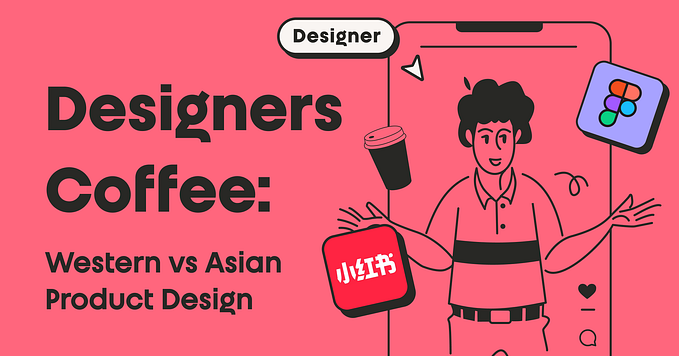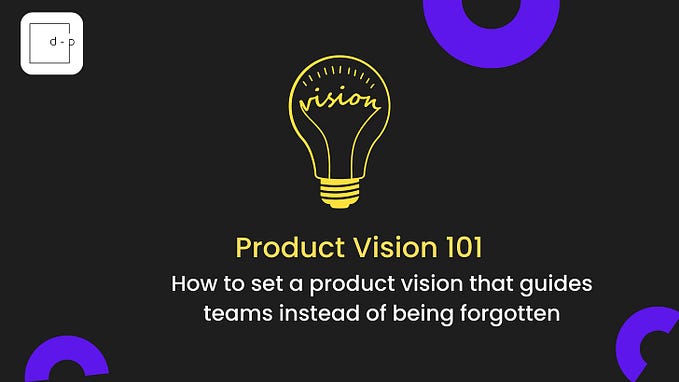The Nine Principles to build a Great Product
It’s a well known fact: To build a great company, build a great product.

There are no hard and fast rules to build a great product. However, there are principles we should follow and questions we should ask. We all require a framework in the long journey.
Principle 1: Understand why products failed in the past.
When products like iPhone, Microsoft Office Suite, Maggi, Coca-cola come to mind, we all can see that they share one thing in common i.e. Success. Day and now, we read about how products have been successful. What we lack is to read much about product failures. We are so busy in celebrating successes that we fail to realise that those 95% products or startups that failed in the past had strong reasons behind it and drawing insights from there would help us build a great product. Think back on the very short lived New Coke and the Newton, Apple’s first PDA. Know very well why others failed!
Principle 2: Intuition is important but it is not enough.
Guess less, use the data. Talk to customers. Hunches and risky bets don’t always pay off. Even if you are an experienced product manager or product designer and no matter how good or reliable your intuition is, you should seek to back that intuition by leveraging the data available in the market, available through your competitors and provided by customers. You should set a plan of action to refine, iterate and validate your thesis and intuition.
Principle 3: Be passionate, but stay detached.
Most start up founders or product managers will be extremely passionate about their ideas. In the lieu of pursuing their ideas, they usually blind themselves to the flaws. It’s important to be passionate, that is what will carry you through the tough days but it’s also important for you to be objective, to think like an investor and not to marry your ideas! Keep a balance.
Principle 4: Be an avid user of your product.
Putting yourself in the user’s shoes is of real importance. You need to have a habit of using your own product on a daily or weekly basis. This will let you work on the two pieces:
Continuous Product Discovery
Continuous Product Improvement
To make this effective, just make sure that you are self-aware when you are using your own product. Pay attention when you spot problems or feel frustrated. May be you come to know what parts to skip and what parts to improve!
Principle 5: Build-Ship-Iterate-Improve and Repeat.
Initially focus on building a decent minimum viable product and then iterate it based on testing, measurements and learnings. Making small measurable changes and accordingly refining the product are a lot more effective than making time-consuming changes that are harder to measure and test. It might be harder to get rid of them if they they don’t work.
Principle 6: Ask your users the right questions.
It’s important to understand what the users are actually looking for. You should know if they would use your product even when they don’t need to? This is important as it will tell you why someone who could use a product would still choose not to because of habit, price, switching costs or technical issues. Figure out what their real habits and needs are. This process takes time but is extremely valuable as you design your product. Track their behaviour, gauge their needs, use analytics. Talk to them in a right way at the right time using right tools.
Principle 7: Learn when to say no.
Simplicity has made many products successful! Don’t you remember, the beauty of iPod was its simplicity. It’s important to know your customers and their needs but it’s also important to know what to build in the product and what not to. Make it simple and not a bundle of features. What you choose to remove is as significant as what you choose to put in. Learn and understand when to say no.
Principle 8: Prioritise Early.
Keep an eye on your goal and track of all the KPIs of the product early on. This will help you prioritise the work and make adjustments as you move forward. Have a to-do list. Ask questions which force you to think about your priorities such as “We have two weeks from now to deliver this feature, what should the product look like?” Prioritisation may sound easy but it’s way harder in the real run. Practice it well from the starting.
Principle 9: Focus on vision over long-term plan.
It should be clear that over-planning is unrealistic, however, vision and direction are very important, even if they change on the run. It inspires, it excites…very important.
Lastly, these principles are just a framework that can be used to work with, these can be modified as and when we enter into new markets and learn new strategies.
I would love to have your suggestions and comments. :)








